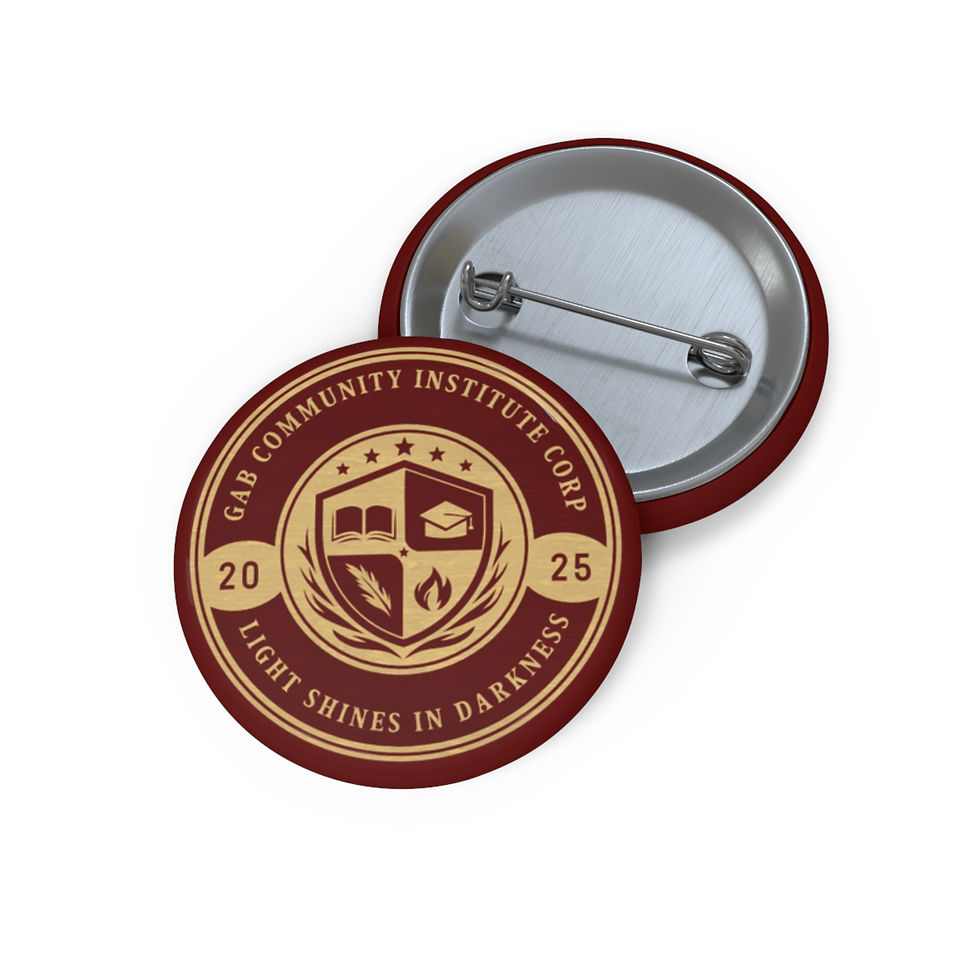O novo paradoxo da educação: como a queda nas matrículas está remodelando o quadro de professores nos EUA
- GAB NEWS

- 2 de set.
- 3 min de leitura
TOI Education / Sep 02, 2025

Across the United States, public school districts are navigating a quiet upheaval that is redefining the contours of American education. What was once described in stark terms as a teacher shortage now reveals itself as a complex and layered paradox. During the pandemic, emergency funding through the Elementary and Secondary School Emergency Relief (ESSER)
program allowed districts to expand their teaching corps, a lifeline aimed at
safeguarding learning amid unprecedented disruption.
Yet, as federal aid recedes and enrollment steadily declines, this well-intentioned
expansion has transformed into a new challenge. Districts are now grappling with
fiscal pressures, staffing realignments, and the sobering task of reconciling
resources with reality. The very mechanism that once promised stability now casts
a long shadow, prompting educators and administrators to confront the evolving
landscape of public education with both caution and resolve.
Enrollment declines and school choice reshape staffing
Declining birth rates, the rise of school choice programs, and parental preference
for private or religious schooling are reshaping the educational landscape. Districts
are reassessing staffing levels and, in some cases, considering school closures or
consolidations.Districts that once expanded faculty rosters are now implementing layoffs, hiring
freezes, and leaving positions unfilled. The notion of a nationwide teacher
shortage is increasingly a matter of nuance rather than ubiquity.
Data reveals complex realities
Analyses of student-teacher ratios from 2010 to 2022 show the lowest ratios in
over a decade, with an average of 15.4 students per teacher in 2022 compared
with 16.4 in 2010. A November 2024 K-12 Dive review found that 43 out of 50
states, including Washington, D.C., reported fewer students per teacher post-
pandemic. These statistics highlight that shortages are concentrated in rural
districts, high-poverty schools, and critical subjects such as mathematics, science,
and special education, rather than being universally experienced.
Case study: Deer Valley Unified School District
Arizona’s Deer Valley USD illustrates the challenges of managing enrollment
declines. Between 2021-22 and 2023-24, enrollment dropped 1.5%, forcing the
district to cut around 50 positions, as suggested by the K12 Dive report. Yet,
staffing gaps remain in STEM and special education roles. To address this, the
district implemented a two-year “grow-your-own” teacher programme, training
local community members with bachelor’s degrees for certification. Remarkably,
95% of graduates remain in the district, filling critical instructional gaps and
fostering continuity in hard-to-staff classrooms.
Strategic approaches for modern staffing challenges
Experts emphasize that districts must adopt data-driven approaches to staffing.
Strategies may include optimizing grow-your-own programs, offering
differentiated pay for high-performing teachers, removing underqualified
personnel, and streamlining certification reciprocity across states. Broad measures
to make teaching universally more attractive are insufficient; the real challenge
lies in staffing the schools and subjects that face persistent shortages.
Redefining the teacher shortage
The emerging landscape signals a shift in how educators and policymakers frame
teacher workforce strategies. The focus is no longer on filling seats in every
classroom but on ensuring that vulnerable schools have access to high-quality
educators. Declining enrollments, budget constraints, and school choice policies
may redefine public education, yet they also present opportunities to rethink
teacher pipelines and target critical instructional gaps.
The era of blanket “teacher shortage” headlines may be ending. What remains is
the pressing question: How can public schools ensure that every child, regardless
of location or socioeconomic status, has access to teachers who are equipped,
prepared, and committed to shaping the next generation?































Comentários